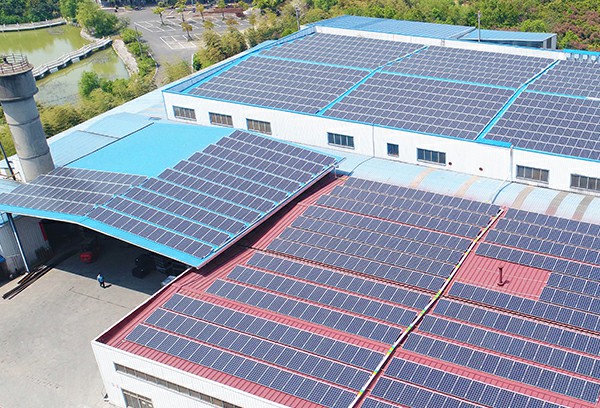Distributed photovoltaic (PV) power plants, which consist of smaller-scale solar installations spread out across a distributed network, can be more suitable to install in the summer for several reasons:
- Higher Solar Irradiance: Summer typically brings longer daylight hours and more direct sunlight. Solar panels generate electricity when exposed to sunlight, so the increased solar irradiance during the summer months leads to higher electricity production. This means that a distributed PV system installed in the summer can generate more energy, making it more cost-effective.
- Optimal Tilt and Orientation: Solar panels are often installed with an optimal tilt and orientation angle to maximize energy production. In many regions, the tilt and orientation that yield the highest energy output align with the angle of the sun during the summer months. Installing PV systems in the summer allows for optimal alignment with the sun’s path.
- Reduced Installation Delays: Harsh winter weather, such as snow, ice, and freezing temperatures, can make PV installation more challenging and delay project timelines. In contrast, summer weather conditions are generally more favorable, leading to smoother and faster installation processes.
- Early Returns on Investment: By installing a distributed PV system in the summer, you can start generating electricity and realizing financial returns on your investment sooner. This can help offset energy costs and provide a quicker return on investment.
- Peak Energy Demand: Summer is often associated with increased electricity demand due to air conditioning use and other cooling needs. Installing PV systems during this time can help meet peak energy demand and reduce strain on the grid.
- Incentives and Rebates: Many regions offer incentives, rebates, and tax credits for solar installations. These incentives often have deadlines or budget limitations, and they may be more advantageous when applied to installations completed during the summer months.
- Maintenance and Performance Monitoring: Summer allows for better opportunities for maintenance and performance monitoring of PV systems. Snow cover, which can affect performance, is not an issue in the summer. Additionally, any maintenance or adjustments can be made when weather conditions are more favorable.
It’s important to note that the suitability of installing distributed PV power plants in the summer can vary depending on geographic location and local climate conditions. In some regions with extreme heat, high temperatures during the summer might affect the efficiency of solar panels, so proper cooling mechanisms and temperature management should be considered. Additionally, project planning and permitting may take several months, so it’s essential to start the planning process well in advance of the installation date to take full advantage of the summer season.


